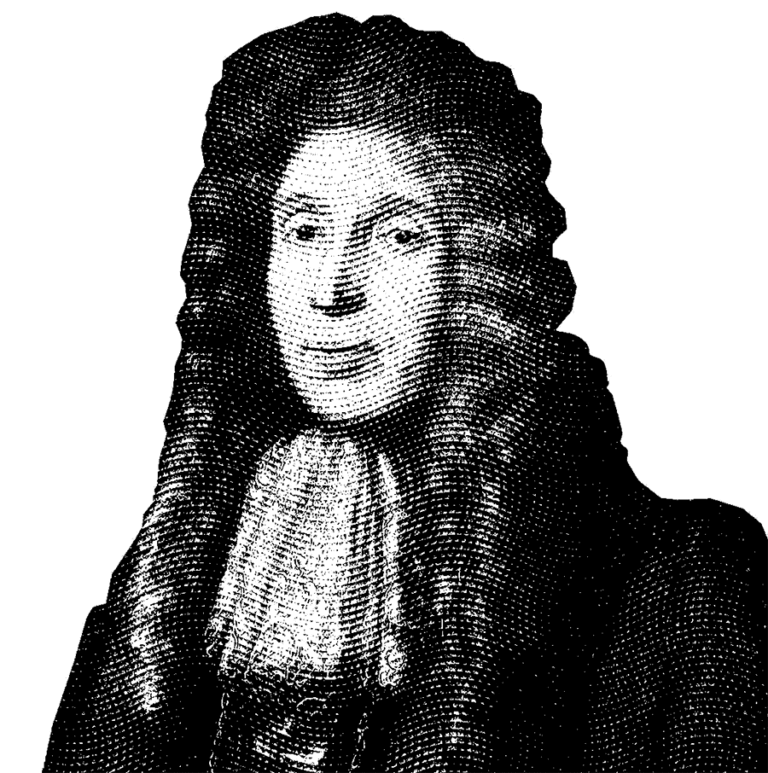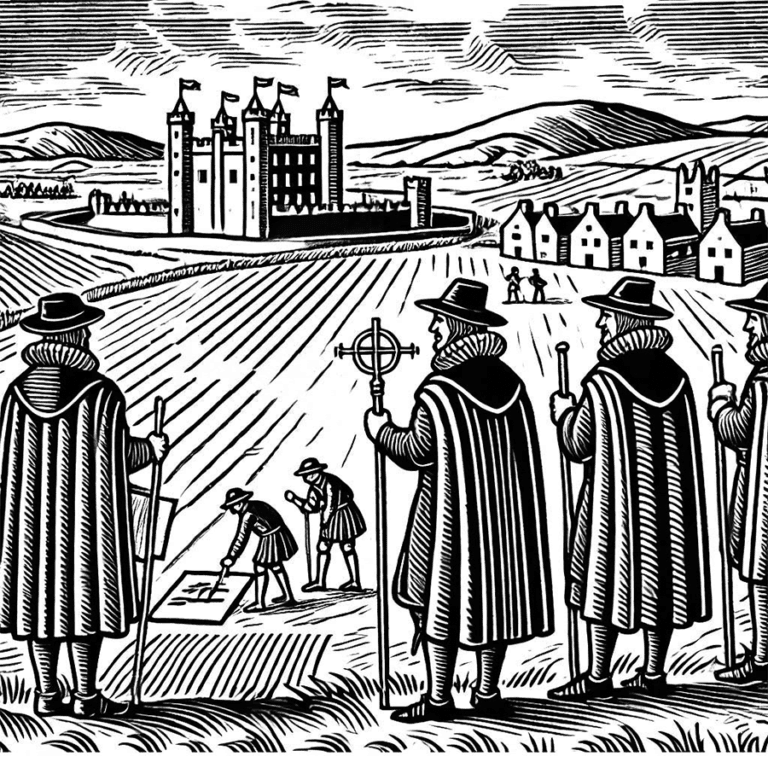Reviewing and reflecting on our history as a Company is not a static process, but one that continues to evolve with time. We endeavour to acknowledge and look critically at our past so that we can understand and contextualise our heritage, whilst proudly embodying our present values and looking ahead to a bright, shared future.
Our benefactors
Today the Haberdashers’ Company is known for its work in education, and we celebrate the fact that our 15 Haberdasher schools educate some 12,000 students across England and Wales. This living legacy owes its existence primarily to our four original benefactors; Thomas Aldersey, William Jones, Robert Aske and William Adams, each of whom bequeathed money to the Company to support the education of young people, through the creation of schools, and to the care of the elderly, through almshouses.
This money acted as the original seed funding for the four school groups that we have today: Haberdashers’ Academies Trust South, Haberdashers’ Elstree Schools, Haberdashers’ Monmouth School and Haberdashers’ West Midlands Academies Trust.
These benefactors were later joined by other Haberdashers, including Hugh Hammersley, Thomas Arno, Pamela Pye and many others, who left further charitable legacies to support the objectives of the Haberdashers’ Foundation.
Over the centuries, careful stewardship of these endowment funds by successive Clerks, and by the Company’s committees, has ensured that the Company remains in the privileged position of being able to continue to support financially our four school groups, as well as through our charitable partners and churches located in the communities in which they reside. This allows us to achieve our purpose of empowering young people from every background to fulfil their potential through our schools and by supporting their communities.

Robert Aske
In 1689 the merchant trader, Robert Aske, died without children and left most of his estate – £32,000 – in trust to the Haberdashers’ Company, of which he had been a member throughout his lifetime, and Master in 1684.
As was the case with several of the Company’s original benefactors, his request was for this to be invested in education and almshouses. The money was therefore used to found a school for the children of twenty poor Haberdashers, a hospital for twenty elderly Haberdashers and a charitable foundation, the Aske Charity, was set up.
Today that one seed school in Hoxton, East London, has grown to become two school groups: Haberdashers’ Elstree Schools, and Haberdashers’ Academies Trust South, both united by their shared history, and today through their shared relationship with the Company which takes the form of funding, governance and direct programmes for staff and students. Between them there are 11 schools which benefit from the property and assets of the Aske Charity, and it is estimated that more than 100,000 pupils have received the benefit of an Aske sponsored education. Many of these students have been and continue to be drawn from some of the most disadvantaged areas of South East London, as well as from diverse areas of North West London.
In 2021, it came to light that Robert Aske had held an investment of £500 in the Royal African Company, a trading business set up to extract commodities from the West coast of Africa. The Royal African Company was also instrumental in the trans-Atlantic slave trade.
This revelation shocked the Company and our schools. In response a consultation was conducted in partnership with our school groups and the diverse communities they serve. Direct representations were received from more than 800 people, including students, parents, alumni and school staff.
The consultation concluded that Aske’s name should be removed from all schools’ titles, as it may no longer make them “comfortable learning environments”. “We’re dealing with children. That has been a guiding principle in all of this,” a school governor confirmed. It was also decided that Aske’s name would be retained in the formal legal name of the federation to recognise his founding contribution to it.
Aske’s conduct is not to be excused, but rather to be understood within the context of its time – during a period of history when different behaviours prevailed. It is separate for the charitable legacy which after his death has benefitted school pupils for more than 300 years.
Today the role of the Royal African Company in the trans-Atlantic slave trade sits in stark contrast with the values which inform the Company and our schools.
If you are interested in reading more about this subject: How to defuse a culture war: a group of London schools can teach us a lesson | The Standard

The ‘Plantation’ of Ireland
During his reign King James I determined that Ireland should no longer pose a threat to his realms by becoming a possible launching pad for a Counter-Reformation invasion.
In 1609 businesses in the City of London were therefore required to finance the ‘Plantation’ of Ulster by setting up settlements in Ireland to diffuse the Catholic population whose potential insurgencies he viewed as a threat to his rule in England.
To oversee the Plantation and the building of the settlements, a body was created within the City of London called The Society of the Governor and Assistants, London, of the New Plantation in Ulster, within the Realm of Ireland, later called The Honourable The Irish Society.
These settlements encompassed some fortified buildings and cottages for Scottish and other Protestants to come over to live and work in Londonderry / Derry and Coleraine, thus contributing to a more religiously diverse and later divided nation.
The Ulster Plantation was fraught with difficulties for those involved. The Haberdashers’ Company were the first of the Great XII Livery Companies to disengage with this work by transferring its interest to two Freemen in 1611.